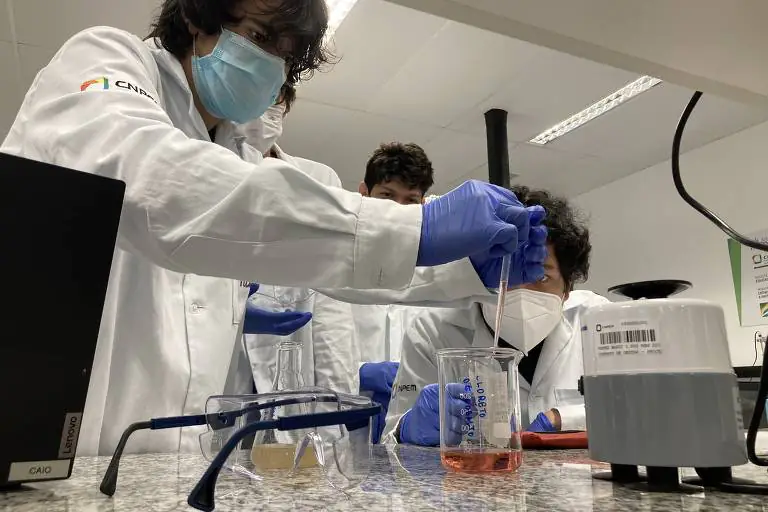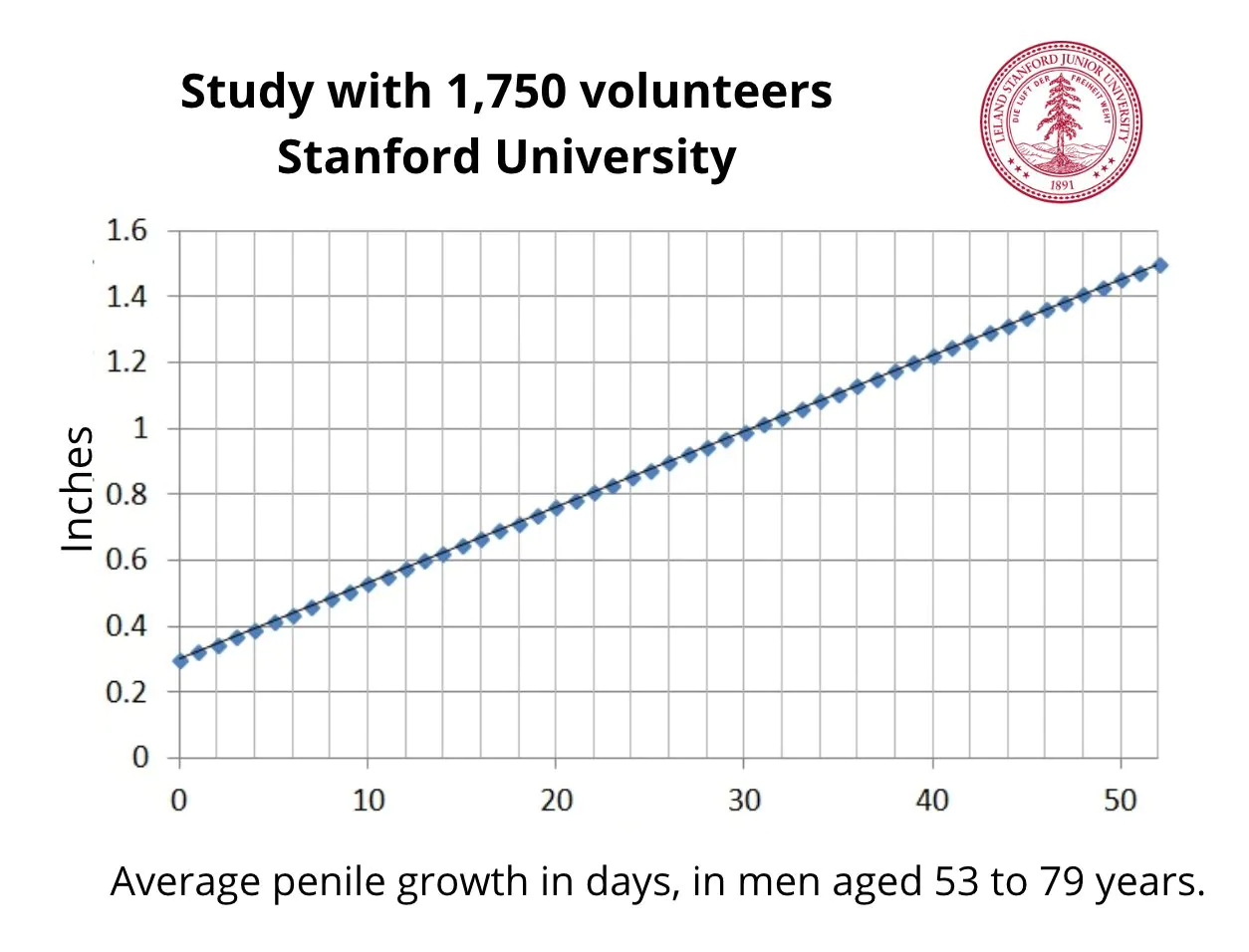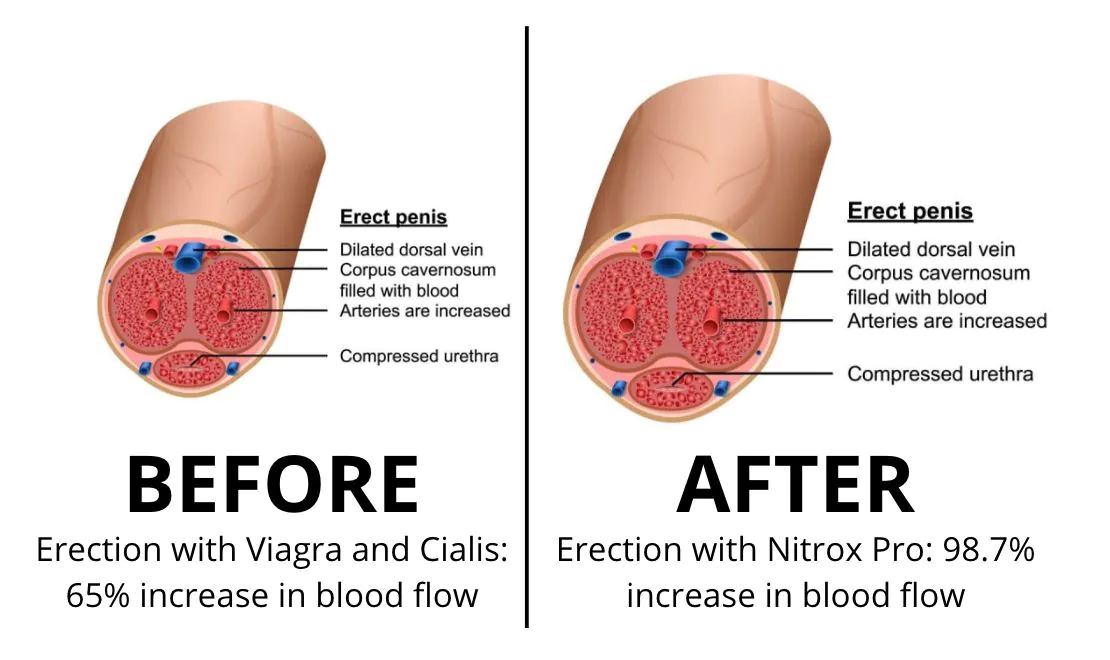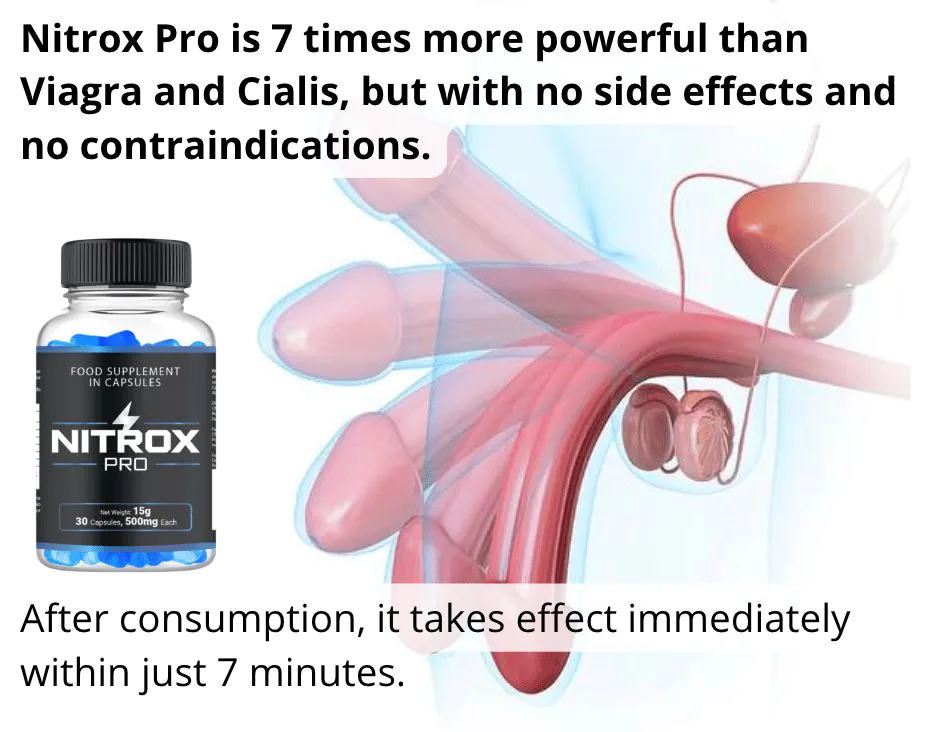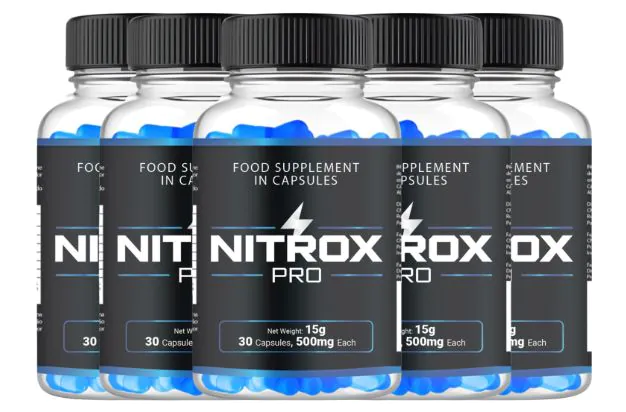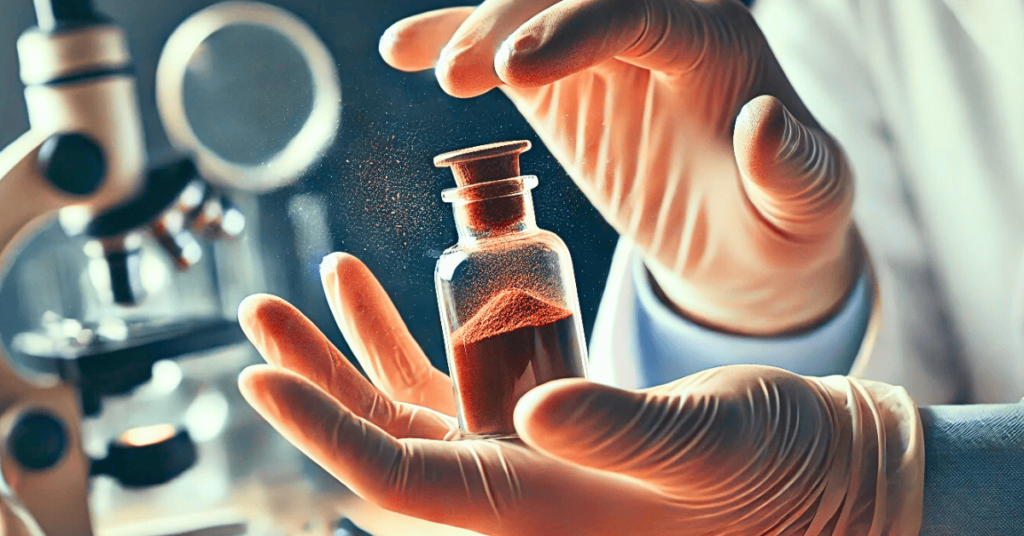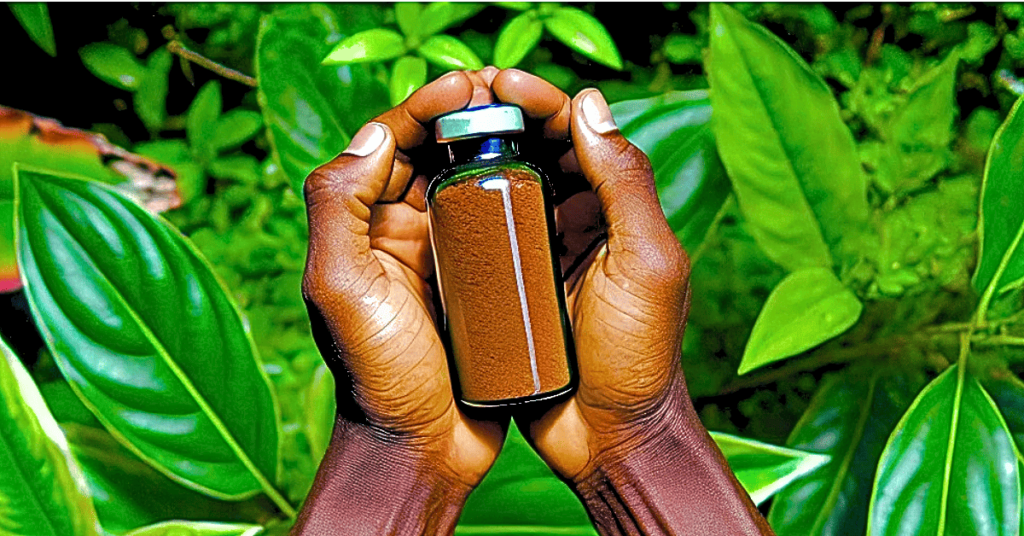The Bicarbonate Reset Protocol and PRP therapy are both promising treatments for erectile dysfunction. The Bicarbonate Reset Protocol uses sodium bicarbonate to enhance blood flow naturally, while PRP therapy utilizes the patient’s own blood to promote healing. Effectiveness can vary among individuals; the Bicarbonate Protocol is generally more affordable but may require time to show results, whereas PRP therapy may provide quicker improvements but at a higher cost. Consultation with a healthcare provider is essential to determine the most suitable option.
Erectile dysfunction (ED) is a common issue affecting many men, leading to diverse treatment options. In the quest for solutions, two promising treatments arise: the Bicarbonate Reset Protocol and PRP therapy. This article dives into these methods, helping you understand their effectiveness. We will explore the Bicarbonate Reset Protocol, a unique approach claiming benefits for ED, while also examining PRP therapy, which has garnered attention for its regenerative qualities. By the end, you will have a clearer picture of which treatment may be better suited for your needs.
Understanding Erectile Dysfunction
Erectile dysfunction (ED) is a condition that affects many men at some point in their lives. It refers to the inability to achieve or maintain an erection suitable for sexual intercourse. Understanding the causes and implications of ED is vital for those affected, as it can significantly impact both physical health and emotional well-being.
Common Causes of Erectile Dysfunction
ED can stem from various factors, which can be broadly categorized into physical and psychological causes. Physical causes may include:
- Cardiovascular diseases
- Diabetes
- High blood pressure
- Hormonal imbalances
- Nerve damage
Psycho-emotional factors can also play a significant role, with anxiety, stress, depression, and relationship issues often contributing to ED. It is important to recognize that men often experience a combination of these factors.
Impact of Erectile Dysfunction
The experience of ED can lead to feelings of embarrassment and anxiety. It can affect self-esteem, leading to stress in intimate relationships. Additionally, ED can be a signal for more serious health conditions. Men experiencing ED should consult with a healthcare provider for assessment and potential treatment options.
Treatment Approaches
There are several ways to address erectile dysfunction, ranging from lifestyle changes to medical interventions. Common forms of treatment include:
- Medications, such as PDE5 inhibitors
- Therapy for psychological factors
- Vacuum erection devices
- Pumps or penile implants
It is crucial to have an open discussion with a healthcare professional to find the most effective approach, tailored to individual needs and circumstances.
What is the Bicarbonate Reset Protocol?
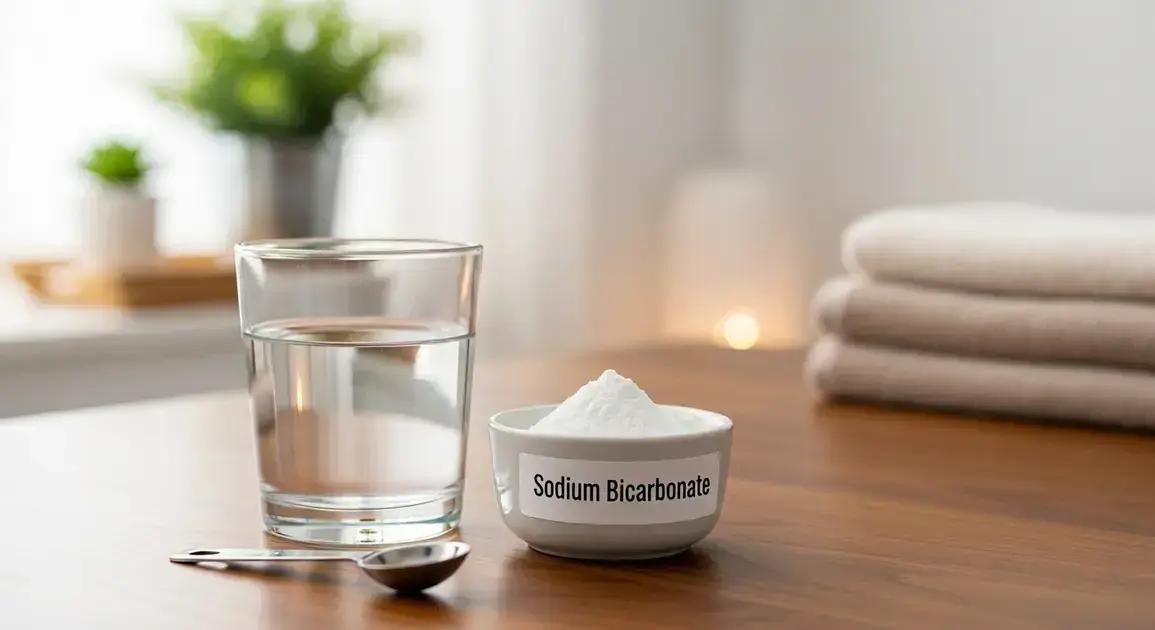
The Bicarbonate Reset Protocol is a treatment method that uses sodium bicarbonate to potentially improve erectile function. This approach is based on the idea that bicarbonate can enhance blood flow and circulation, which are crucial factors for achieving and maintaining an erection.
How the Protocol Works
The protocol typically involves the intake of sodium bicarbonate mixed with water. Proponents believe that bicarbonate can help restore the body’s natural balance of pH levels and improve overall vascular health. Better vascular health may lead to improved blood flow, which is an essential component of sufficient erectile function.
Key Benefits
Supporters of the Bicarbonate Reset Protocol suggest that this method may offer several advantages:
- Natural Treatment: As a commonly known substance, sodium bicarbonate is readily available, making this protocol easy for many to access.
- Potential Improvements in Hydration: Bicarbonate can help with hydration, which is fundamental for various bodily functions, including sexual health.
- Vascular Health: The protocol may enhance circulation, potentially addressing the root causes of erectile dysfunction.
Considerations and Recommendations
Before starting the Bicarbonate Reset Protocol, individuals should talk with a healthcare professional. This is essential to ensure that it is appropriate for them, especially if they have existing medical conditions or are on medication. Self-medicating without professional guidance can lead to unwanted side effects.
Exploring PRP Therapy for ED
Platelet-Rich Plasma (PRP) Therapy is an innovative treatment approach that has gained attention for its potential to help men suffering from erectile dysfunction (ED). This method utilizes the body’s own healing properties to improve erectile function.
What is PRP Therapy?
PRP therapy involves drawing a small amount of the patient’s blood, which is then processed to concentrate the platelets. These platelets, rich in growth factors, are injected directly into the penile tissue. The idea is that they can stimulate healing and tissue regeneration, enhancing blood flow and leading to improved erectile function.
How it Works
When the PRP is injected, it promotes several biological processes, such as:
- Improved Blood Flow: The growth factors in PRP can enhance the formation of blood vessels (angiogenesis), which is crucial for achieving and maintaining erections.
- Tissue Regeneration: PRP therapy encourages the healing of damaged tissues, creating a healthier environment for erectile function.
- Increased Sensitivity: Many patients report improved sensitivity, which may enhance sexual pleasure.
Benefits of PRP Therapy
Some advantages of PRP therapy include:
- Minimally Invasive: The procedure is relatively quick and does not require surgical intervention or long recovery times.
- Natural Treatment: Since it uses the body’s own cells, the risk of allergic reactions or rejection is low.
- Potential for Long-Lasting Results: Many patients experience long-term benefits after treatment, although results can vary.
Considerations for Patients
While PRP therapy has shown promise, it is essential to seek treatment from a qualified healthcare provider. They will assess individual suitability and discuss potential risks or side effects. Additionally, it’s important to manage expectations, as results may vary from person to person.
Comparative Analysis: Which is Better?
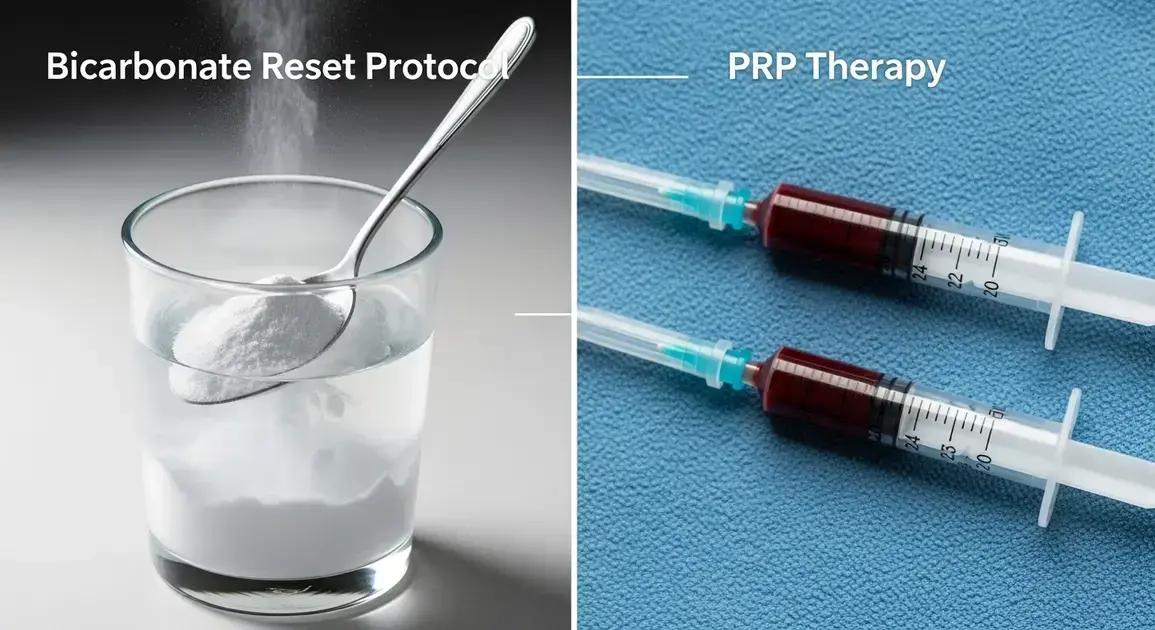
When considering treatment options for erectile dysfunction (ED), individuals often weigh the effectiveness and safety of both the Bicarbonate Reset Protocol and PRP therapy. Each method offers unique approaches and potential benefits.
Bicarbonate Reset Protocol Overview
The Bicarbonate Reset Protocol aims to enhance blood flow using sodium bicarbonate. It is promoted as a natural method that may help restore pH balance in the body, potentially improving vascular health. This can lead to better erectile function. It is generally easy to access and relatively low in cost.
PRP Therapy Overview
PRP therapy, on the other hand, utilizes the patient’s own blood, specifically the platelets, to promote healing and tissue regeneration. The procedure is minimally invasive and usually shows promise in stimulating blood flow and nerve sensitivity, resulting in improved erections.
Effectiveness
Both therapies show potential, but their effectiveness can vary among individuals:
- Bicarbonate Reset: Results may take time to appear, and regular use is typically required.
- PRP Therapy: Some users report quicker results, with noticeable improvements after one or two sessions.
Side Effects and Risks
Understanding the risks is crucial:
- Bicarbonate Reset: Generally regarded as safe but can cause gastrointestinal upset in some.
- PRP Therapy: Involves minimal risks as it uses the patient’s own blood, but side effects may include swelling or bruising at the injection site.
Cost Considerations
The costs associated with each method can influence choice:
- Bicarbonate Reset: This option is usually more affordable as it involves purchasing a common substance.
- PRP Therapy: Tends to be more expensive due to its specialized nature and the equipment required.
Ultimately, the best choice will depend on individual circumstances, preferences, and recommendations from healthcare professionals.
So, which treatment is better for erectile dysfunction?
Both the Bicarbonate Reset Protocol and PRP therapy present viable options for men facing erectile dysfunction. Each method has its own set of benefits and potential drawbacks, making it imperative to evaluate personal health needs and consult with a healthcare professional.
The Bicarbonate Reset Protocol is a natural and cost-effective approach, while PRP therapy offers quick results through the use of the body’s own healing properties. Understanding individual circumstances, effectiveness, risks, and costs will help in making an informed decision.
Ultimately, the best choice will vary from person to person, emphasizing the importance of personalized care in addressing erectile dysfunction.
FAQ – Frequently Asked Questions about Bicarbonate Reset Protocol and PRP for Erectile Dysfunction
What is the Bicarbonate Reset Protocol?
The Bicarbonate Reset Protocol is a natural approach that uses sodium bicarbonate to potentially improve blood flow and erectile function.
How does PRP therapy work for ED?
PRP therapy involves injecting platelet-rich plasma from the patient’s own blood into the penile tissue to promote healing and improve erectile function.
Which treatment is more effective for erectile dysfunction?
Effectiveness varies by individual; the Bicarbonate Reset Protocol is natural but may take time, while PRP therapy may show quicker results.
Are there side effects associated with these treatments?
The Bicarbonate Reset Protocol is generally safe but can cause mild gastrointestinal issues, while PRP therapy may lead to minor swelling or bruising.
What are the costs associated with each treatment?
The Bicarbonate Reset Protocol is usually more affordable, while PRP therapy tends to be more expensive due to its specialized nature.
Should I consult a doctor before starting these treatments?
Yes, consulting a healthcare professional is crucial to determine the best approach based on individual health needs and circumstances.


